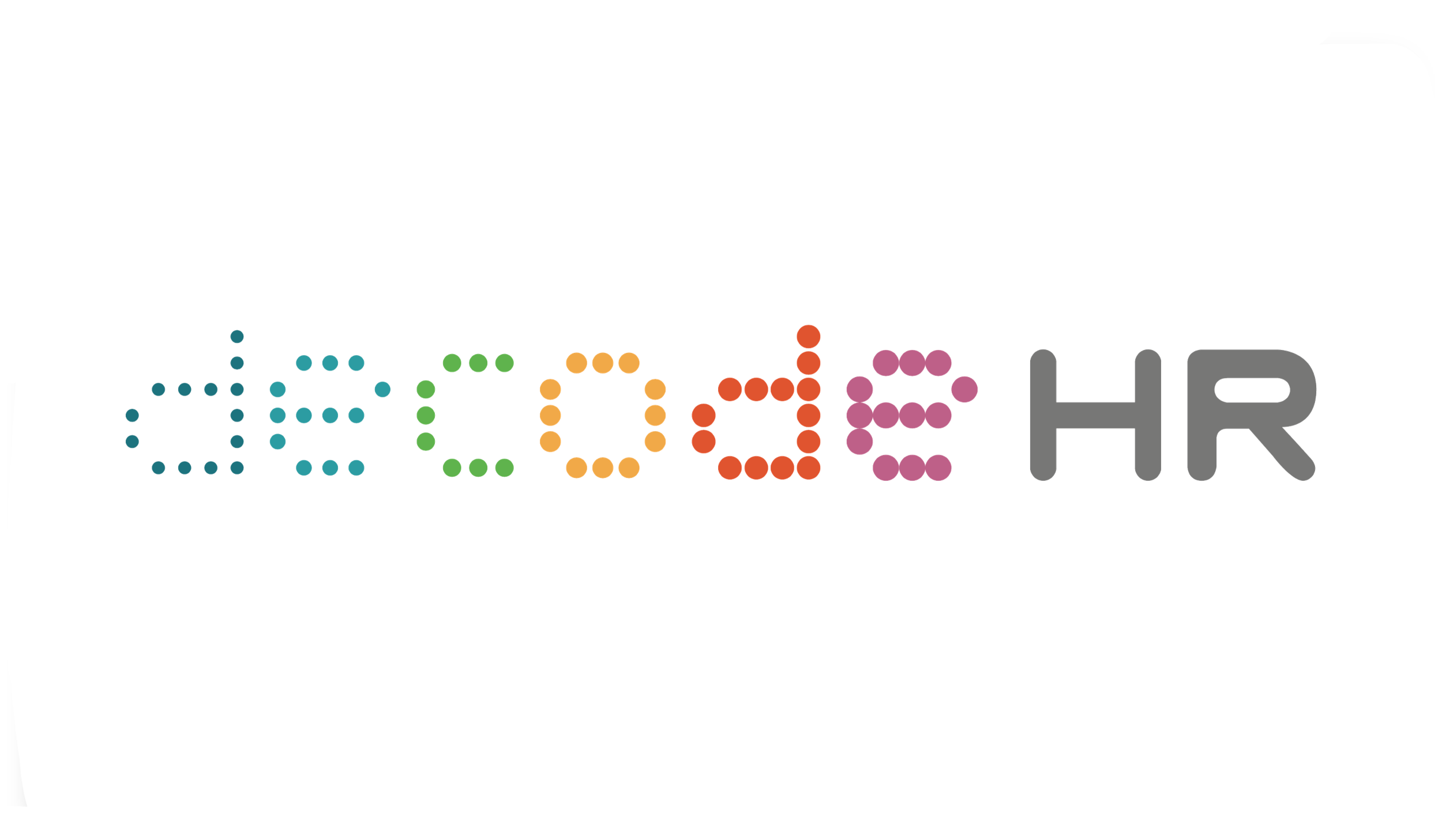6 Strategies to Keep AI Ethical and Effective
Reading time: 5 mins
AI is transforming how we work, but without the right safeguards, it can amplify risks just as quickly as it delivers benefits.
To ensure AI strengthens the quality of performance management, organisations need practical strategies to keep AI ethical, effective, and grounded in real-world use.
The following strategies translate policy into day-to-day practice. Use them to drive clarity, reduce risk and raise the quality of conversations.
1. Design for Fairness
Spell out the decision the tool is helping with, the data it uses, and any ways the results could affect protected groups. Remove data points that could act as stand-ins for protected traits — for example, date of birth for age or pronouns for gender. Test for unequal impact before launch and whenever you change the data, model or scoring thresholds. Record what you tested, what you found and what you fixed in an audit log.
2. Make Privacy a Product Requirement
Collect only the personal data you truly need, keep it only for as long as necessary, and avoid gathering highly sensitive details. Share a short, plain-English data map that explains what data you use, where it comes from and what rights employees have.
3. Keep Humans in the Loop With Authority
Ensure that managers review AI-generated alerts and explain any decisions to override them. Train leaders to turn model insights into practical coaching steps for employee improvement.
4. Explain the System Clearly
Share a one-pager covering inputs, high-level scoring logic, typical reasons for overrides and how to appeal.
5. Pilot Small, Then Scale
Start with a limited rollout in one team or department. Monitor key metrics, such as false positives, override rates, response time, and team feelings about the process. Resolve problems before rolling out the system more broadly.
6. Clarify Accountability
Assign clear owners to manage model risk, HR data quality and employee communication. Ensure employees know who to contact for questions or appeals.
Quarterly Audit Checklist
This is a light, repeatable review that keeps your system healthy. A quarterly audit catches bias or drift early, checks how managers leverage AI in real situations and updates employee guidelines when things change. The goal is steady improvement without audit fatigue.
Fairness and impact review: Rerun adverse impact analyses, slice by job family and region, and compare with the last quarter. If bias appears, pause the affected use, fix the issue and record the remediation.
Human-in-the-loop validation: Sample AI-flagged reviews and check whether managers agreed or overrode. Look for patterns that signal drift or misspecification.
Explainability refresh: Update the employee-facing explainer when you change models, features or thresholds.
Vendor diligence: Require updated model cards or equivalent documents, including training-data descriptions and evaluation results.
Keep KPIs flexible so AI stays aligned with your business's priorities. Revisit your metrics often, especially in small and mid-sized companies, because goals can shift as you grow.
If changing a metric helps the team focus on what drives value, that’s an improvement. If you notice chasing numbers may hurt morale or productivity, then pause, reset and build a healthier way to measure progress.
Practical Use Cases With Ethical Guardrails
Turn policies into daily workflows that strengthen coaching, calibration and promotion decisions. Start small, keep humans in charge and document why each decision stands even when AI assists.
Coaching and Development
Adopt AI to turn raw activity data into coaching prompts. For example, generate a pattern of missed deadlines alongside contributing factors, then confirm the context and build a plan.
Performance Review Alignment
Deploy AI to spot patterns where ratings seem too high or too similar within a department. Bring these insights to a review meeting and ask managers to explain unusual ratings. Share the reasons openly so employees see that reviews are fair and based on clear decisions.
Promotion Readiness
Use AI to assemble evidence for promotion cases from goals, projects and peer feedback, then require a human panel to validate and weigh examples. Record the final justification so everything is clear.
Leverage AI to Move Your Team Forward
Use AI to improve reviews. Keep fairness testing routine, privacy choices disciplined, explanations plain and humans responsible for decisions. In APAC, this balance also builds cross-cultural trust and keeps teams future-ready. Start small, measure what matters, and invite feedback from employees and managers.
When people see fair processes and genuine recognition, they engage more deeply. Ethical AI then becomes a performance advantage — not just a compliance burden — powering better decisions and stronger results.
This article is written by Eleanor Hecks, an HR and hiring writer, who currently serves as Editor-in-Chief at Designerly Magazine, where she specialises in small business news and insights.
If you haven’t read Part 1 yet, check it out here.
Explore how to use AI in HR tech to drive better business outcomes. Connect with us now.
More on AI and its impact on today's workforce:
Implementing AI in HR: What’s Stopping You?
Best Practices of Generative AI in Business
How Generative AI Can Up Your Recruitment Game










